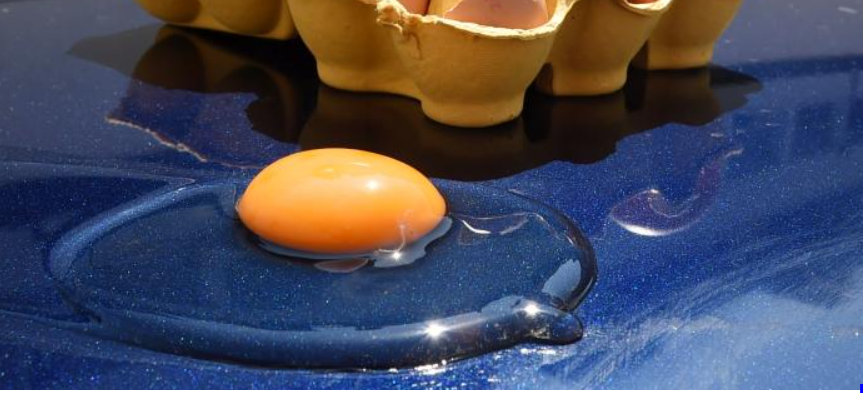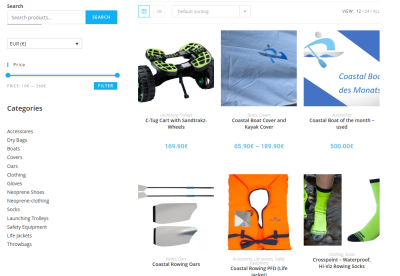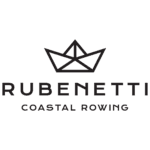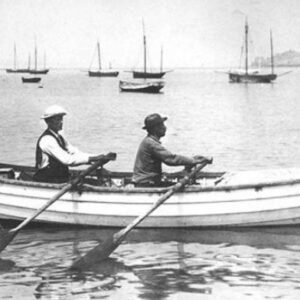What’s the best way to protect your Coastal Boat from the heat? And what can extreme heat do to your Coastal Boat? During the summer, many clubs don’t store their coastal boats inside. They use trolleys as storage and leave the boat next to the boat house. In some cases, the boat is covered; in others, it is not. What happens if the sun and heat just “slam” on the boat’s gel coat? Sunshine has a similar effect on a boat as on our body. Too much sun irritates the skin, it becomes brittle, and in the case of the boat, it can even dissolve.
Ultraviolet-light and Coastal Boats

Topcoats and gel coats are the protective “skin” of most modern Coastal Boats. They are about 0.8-1.2mm thick and work as a protective shield against all different kinds of environmental influences. This can be saltwater, UV-light, sand or other types of pollution. The coating also makes our boats resistant to scratches and creates a smooth surface. Furthermore, the gelcoat seals the boat against water (Hydrolysis) and protects it against ultraviolet light and minor impacts on the skin.
A good solution: A boat cover
The following rule of thumb applies to foils and boat covers: the heavier the fabric, the better the protection against harmful ultraviolet light. You should buy a cover with at least 500-750g in a sailing shop. Old truck covers found on eBay will also do the job. Boat covers made out of Oxford textiles work fine as well. Here you should get a minimum of 600D. Have a look at our post about boat covers!
If you store your boat outside, unprotected from the sun and salty wind, the appearance will be affected after a few months and visible after about 2-5 years. The ultraviolet light “attacks” the protective shield of our boat. But it does not stop with the appearance but will affect other parts of the boat as well:
- Yellowing of the plastic. White boat hulls turn yellow.
- Fading of all surfaces can even lead to stress cracking of some parts of the plastic.
- Massive daily temperature changes in fall and spring (>15 degrees) could lead to tension cracks on the surface.
So, how do you protect coastal boats from extreme heat?
Forget about the idea of cooking eggs on your hull. Metal conducts heat better and gets hotter, so people have been able to cook an egg on the hood of a car, as it gets much warmer than your polyester deck. It might not work even on a black carbon deck.
How hot does the boat surface get? Depending on the boat’s colour, boats can heat up to 50-75 degrees Celsius in summer – you can even burn yourself by touching it for too long. Massive hot/cold differences can lead to tension cracks. Try to avoid significant daily temperature changes.
The outcome could be:
- Microporosity and material fatigue
- Development of brittleness
- Reduced strength, elasticity and hardness
- Stress cracking
- And osmosis will happen rather sooner than later
Prevention: Store your Coastal Boat inside
The best prevention is to avoid storage in permanent, direct sunlight for a long time. Make sure your storage place has decent differences between hot and cold temperatures. Best storage options are always protected areas like your boathouse, a garage, or a little shed. Use a tent if you store your boat at the coast for a more extended period. A boat cover will also do a good job, at least for some weeks. Some boat owners use trolleys that can be easily manoeuvred to and from the storage place.







